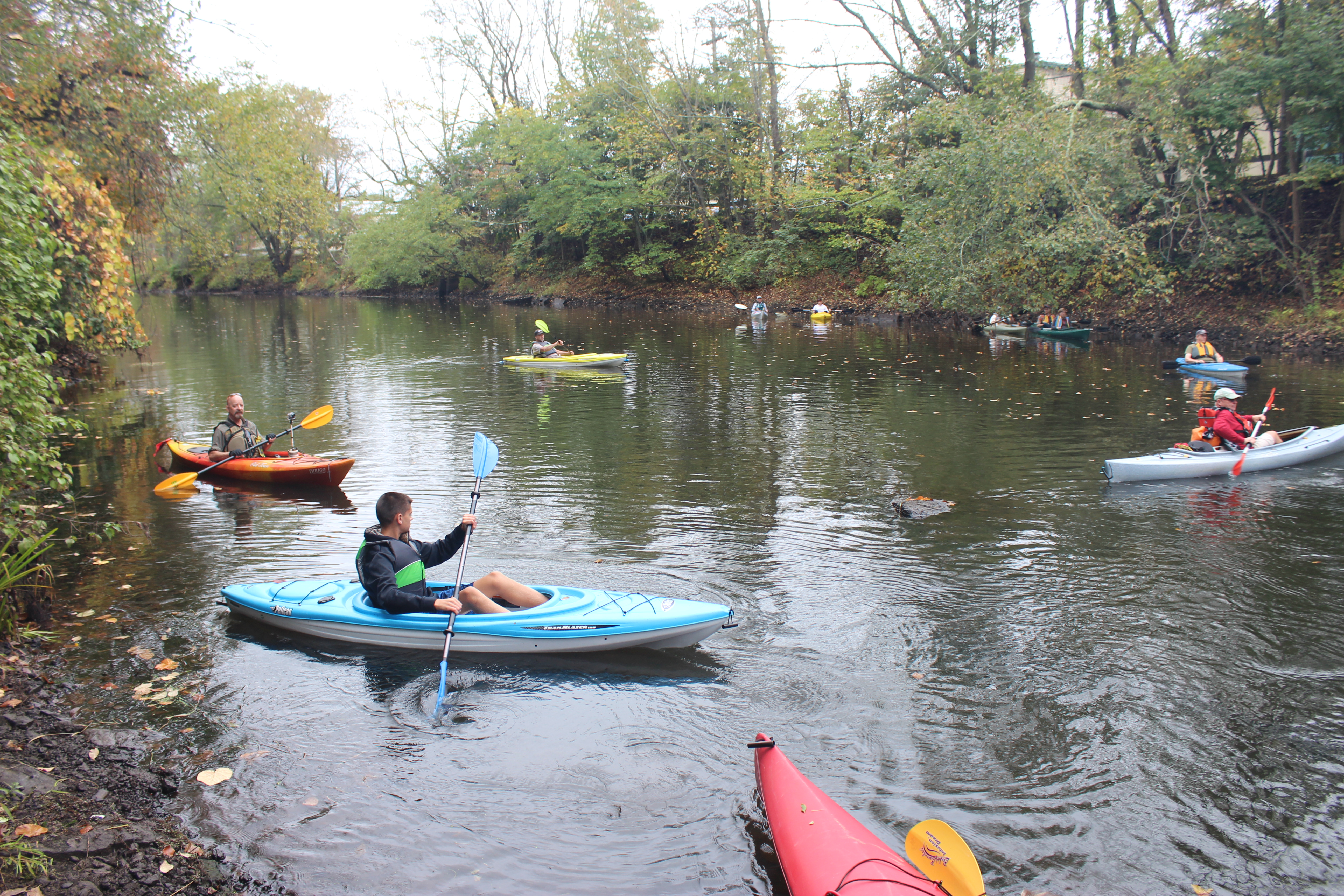The nitrate, total phosphorus and fecal coliform results for October have been added to the website’s 2017 monitoring results tracking table.
The nitrate and TP results are the results we watch most closely because these nutrients promote algae and undesirable weed growth adversely affecting water quality and the diversity of aquatic life that can thrive within our watershed. Better water quality equals more aquatic and wildlife diversity and more recreation opportunity on and along our waterways. In other words these are the water quality metrics we want to see improve by better wastewater treatment, improved stormwater management, better fertilizer practices, dam removals, stream corridor protection, and land conservation.
The latest monitoring indicates that the very high nitrate levels measured since July continued into October despite colder temperatures and somewhat higher river flows. The levels measured in the lower Three Mile and Town Rivers are still extremely high (up to 12 times the water quality goal) while many other locations ranged from 3.75 to 6.45 times the goal.
TRWA monitoring continues to shine the spotlight on the need to finish the WWTP upgrades (scheduled for completion 2020 to 2022) as required by the last round of watershed wastewater discharge permits. It demonstrates a clear need for better stormwater management (another nutrient source and a waste of groundwater/stream base flow replenishing rainwater) especially better management of stormwater from new development and redevelopment. The need for better stormwater management prompted TRWA, MassRivers and eight other watershed organizations to file a lawsuit against Scott Pruitt Administrator of EPA and EPA concerning their delay of the effective date of the already 8 year overdue 2016 stormwater permit. The delay keeps the obsolete and ineffective 2003 EPA stormwater permit in effect.


